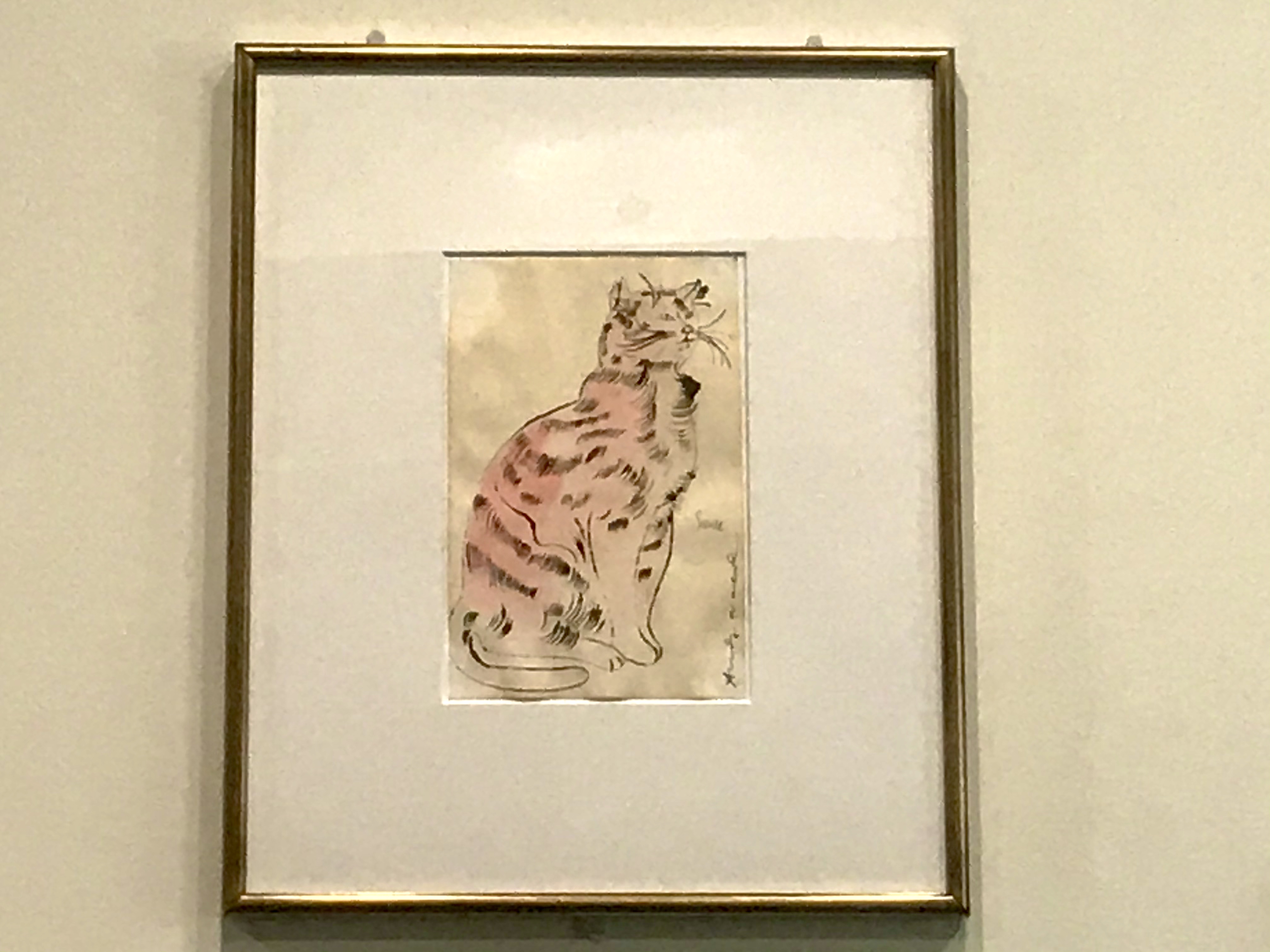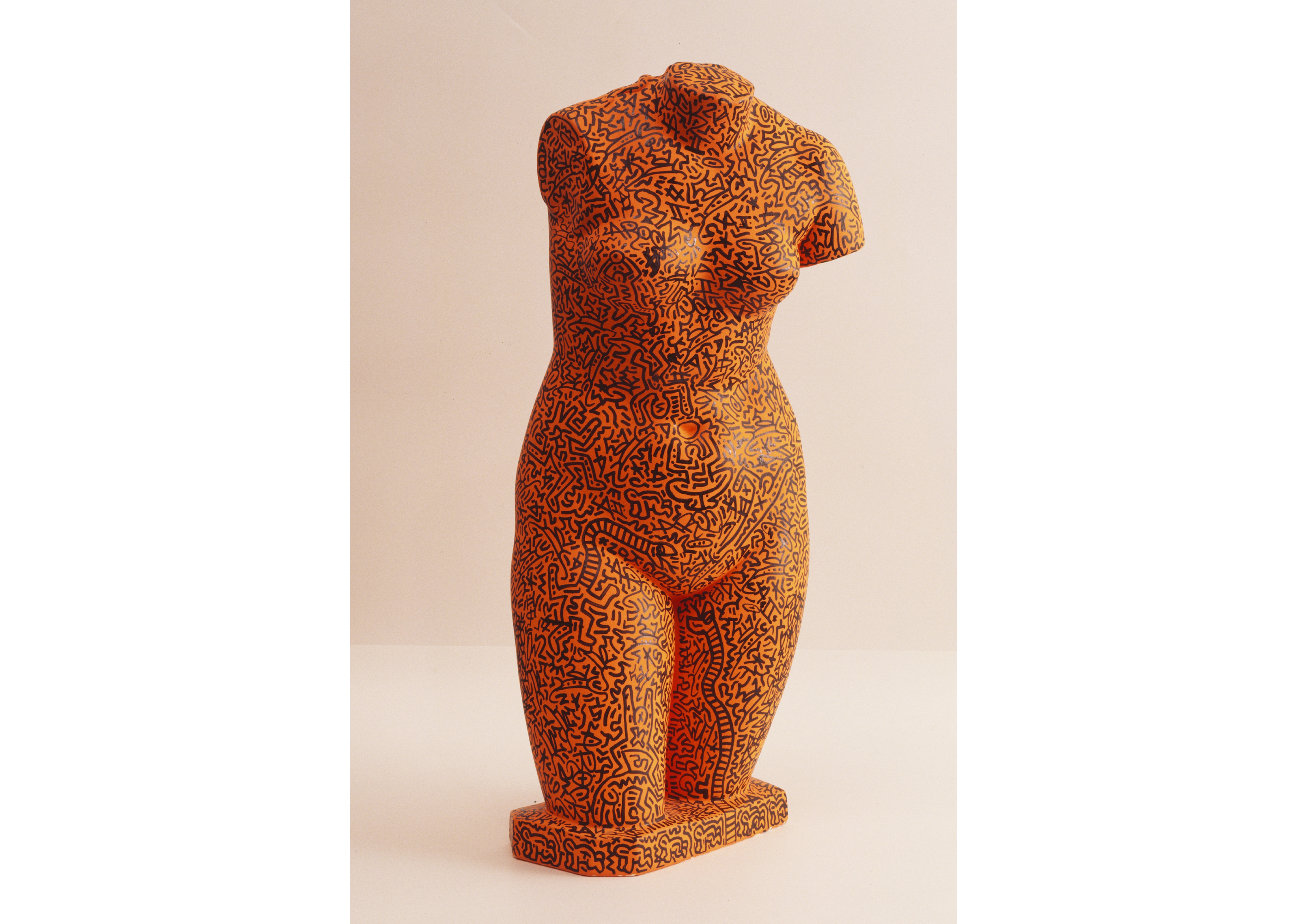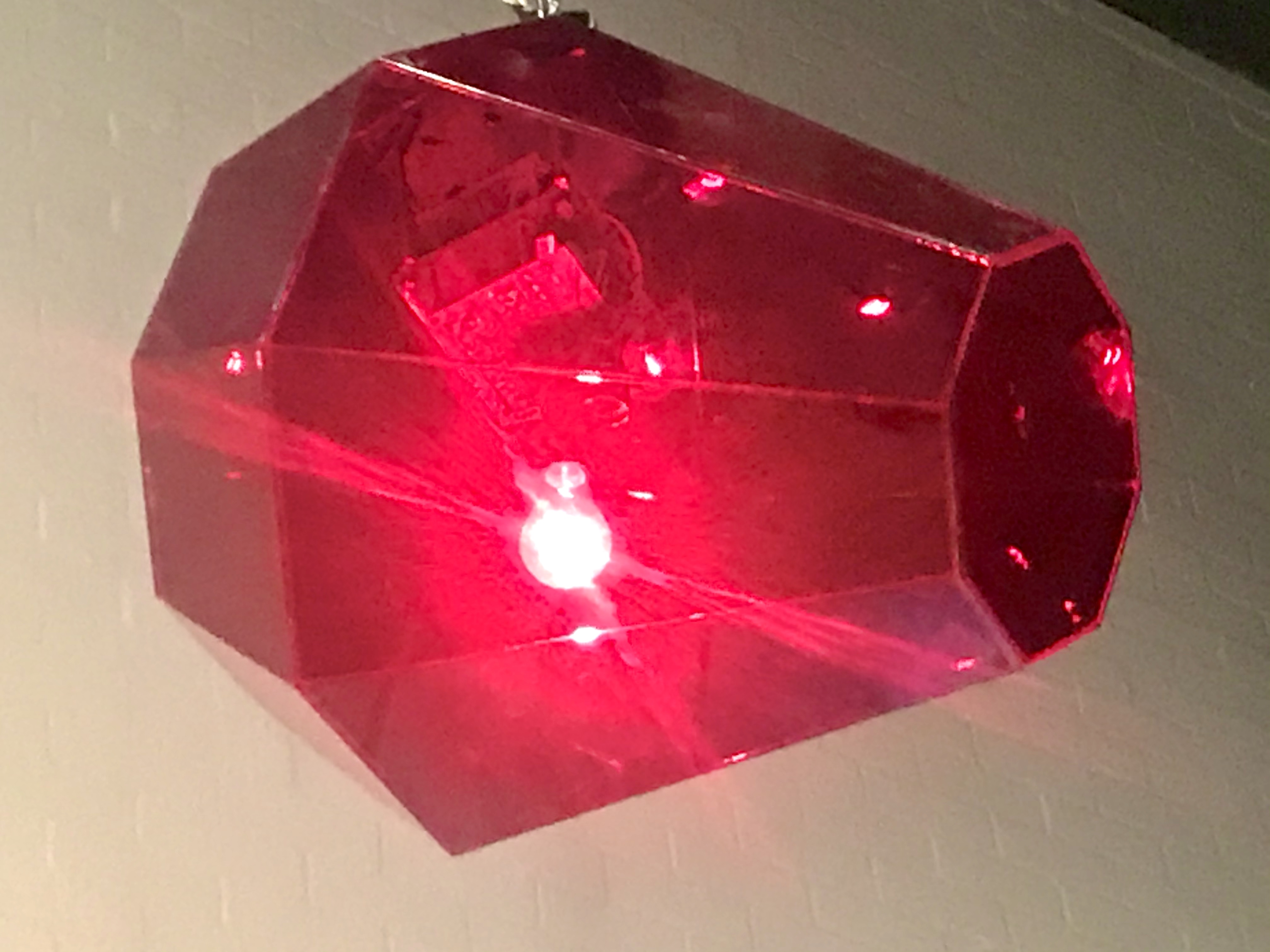A Watari-um Trip Through Our Visual-centric Existence
Installation View of "I Love Art 16: Vision – Focusing on Drawings by 15 Artists Including Warhol, Beuys, and Paik"; Photo by Alma Reyes
I Love Art 16: Vision – Focusing on Drawings by 15 Artists Including Warhol, Beuys, and Paik at The Watari Museum of Contemporary Art (Watari-um) until May 15th reflects the influence of the pandemic on our visual experiences. Meetings now happen via computer and mobile phone, substituting for in-person interactions. Our eyes have become accustomed to browsing screens rapidly and seemingly endlessly. One outcome of this change could be an invigorated capacity to see and perceive images. We may even be shifting toward shared visions that create collective interpretations of information. Another way to stimulate our optical sensors and emotional instincts is by viewing art. Through 160 drawings and paintings by 15 world-renowned artists such as Andy Warhol, Keith Haring, and Nam June Paik, this exhibition aims to impart visual experiences that enrich our sense of sight.

Before Andy Warhol became a celebrity pop artist, he worked as a freelance children’s book illustrator. He shared a love of cats with his mother, Julia Warhola, who lived with him at the time. Their cohabitation resulted in creative projects such as the limited-edition art book 25 Cats Name Sam and One Blue Pussy (1954). 190 copies were printed. Consisting of Warhol’s drawings and Warhola’s calligraphy, the works were produced with Warhol's original method of ink stamping. Their blurred, loosely sketched lines exude fluidity and a sense of refinement. Warhol remarked about the collaboration with his mother, “It featured what she loved to draw most, angels and cats.”


Three plaster sculptures by Keith Haring demonstrate the artist’s trademark free-flowing lines and bold color manipulation: Untitled (toruso) (1983), Untitled (cubic face–red & yellow) (1983), and Untitled (cubic face–red & green) (1983). These works come from Haring’s first Japan exhibition in 1983. During that time, he drew incessantly on plaster sculptures, desks, surfaces in restaurants, shops, and discos, and on building walls around Harajuku and Aoyama. Haring once stated that his drawings do not convey any specific message, but rather a more direct intention of spreading happiness to people of all ages and races around the world.

Video art pioneer Nam June Paik used television as a conduit for live media that could connect people. In Untitled (1979), Paik drew two flowers with a crayon and pen, one in a flower pot labeled “Flux” and another on a TV monitor. “Flux” is derived from “fluxus,” a Latin word denoting “flow” and the name of an international art movement of the 1960s–1970s to which Paik belonged. Members produced experimental works developing new forms of art. With Untitled (1979), Paik noted: "Once you are on videotape, you are not allowed to die." The exhibition text, in a koan-like quandary, responds: "Will the flowers appearing on the monitor be allowed to wither?"


Apart from drawings, paintings, and video installations, the exhibition also displays two eye-catching suspended lamps: Homage to Paul Schatz (2012) by Olafur Eliasson and I dreamed I found a red ruby (1986) by Jonathan Borofsky. Eliasson’s work is made of optical lighting film, aluminum rings, and LED strips enclosing two orthogonal circles. It is shaped into an oloid, an engineering concept developed by scientist Paul Schatz. The design philosophy is based on the idea that “nature is sometimes inside and sometimes outside.” Eliasson exaggerates the shape by elongating it, so that it appears to be pushing itself apart from within. Borofsky’s beaming ruby-red sculpture is based on a dream, which the artist often uses as a subject. He transposed the intense image of the ruby from a drawing to a sculpture.

Contemporary Japanese artists from the Watari-um collection featured in the show include Ryoko Aoki, Zon Ito, On Kawara, and Kaoru Arima. Participating as a guest artist is Hiraki Sawa.

Subscribers to the Tokyo Art Beat app are eligible for ¥300 admission discounts to this show with MuPon museum coupons.
Alma Reyes
Alma Reyes



